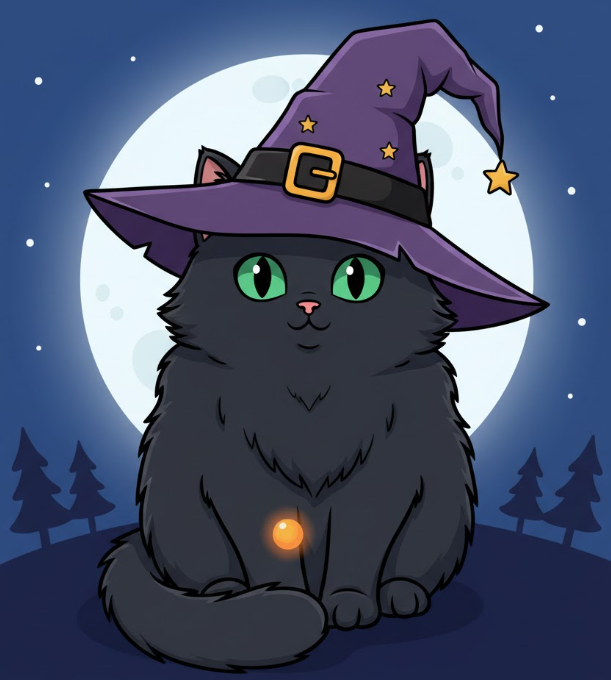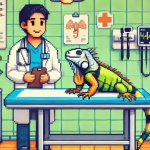
Cataract Surgery Can Help Bunnies See the World Again
Ever notice your rabbit bumping into furniture or hesitating before hopping onto their favorite perch? You might think they’re just being extra cautious—but what if they literally can’t see what’s ahead?
Here’s some good news straight from veterinary science: rabbits with cataracts (yes, just like humans!) can successfully regain their sight thanks to a tiny but mighty surgical procedure called phacoemulsification.
👀 Wait—Rabbits Can Get Cataracts?
Yep! Cataracts are cloudy spots that form in the eye’s lens, blocking light and making everything look foggy. While they’re common in older dogs and cats, this new study revealed that even young rabbits—some under 2 years old—can develop them, often because of a sneaky parasite called Encephalitozoon cuniculi.
Think of it like this: your bunny’s body is fighting off an uninvited microscopic guest, and in the process, their eye lens gets cloudy. But science is hopping ahead of the problem (pun totally intended).
🧠 What the Study Found
Researchers followed seven pet rabbits who all underwent cataract surgery. Here’s what they discovered:
- 🩺 Every rabbit had clearer vision afterward. All regained their ability to react to light (that’s what vets call a “positive dazzle reflex”).
- ⏰ Improvement happened fast—owners noticed better behavior and vision within two weeks.
- 🐇 Long-term results were stable. Even after up to 40 months, most bunnies still had bright, clear eyes and happy hops.
- ⚖️ Complications were rare and mild. A few had tiny issues like clouding or iris scarring, but none lost vision or comfort.
In short? Cataract surgery worked beautifully—and safely.
🐰 What This Means for Rabbit Parents
If you’ve ever thought, “My bunny looks fine—she’s just getting older,” here’s your gentle science-backed reminder: vision issues aren’t always part of aging.
Signs your rabbit may have eye trouble:
- They hesitate to jump or explore new spaces.
- Their eyes look milky or cloudy.
- They bump into toys, walls, or furniture.
- They act more anxious or clingy (imagine suddenly seeing the world through fog).
If you spot these signs, a rabbit-savvy vet can check for cataracts and test for E. cuniculi—a common culprit that’s easily treatable.
💡 3 Takeaways Every Bunny Lover Should Know
1. Cataracts Don’t Mean Hopeless Vision Loss
Science shows that with the right vet care, even severe cataracts can be treated successfully. Rabbits can literally go from stumbling to sprinting again.
2. Parasite Prevention = Eye Protection
Because E. cuniculi can trigger cataracts, talk to your vet about preventive care—especially if your bunny lives with others.
3. Regular Eye Checks Are a Game-Changer
Catch it early, and your rabbit has a much better chance of keeping those big, beautiful eyes healthy for years to come.
💖 Why This Study Matters
Until now, cataract surgery in rabbits was something only exotic-pet specialists knew much about. This research proves that phacoemulsification—a standard surgery for humans and dogs—works safely for rabbits too. It’s a big leap (pun #2) for small-animal care.
The best part? All the bunny parents in the study said their pets were more active, alert, and joyful afterward. Science doesn’t just help them see better—it helps them live better.
🗣️ Share Your Pet’s Story!
Has your bunny ever had eye issues? What helped them bounce back? Share your story in the comments—your experience could help another pet parent spot a problem early. 💬
🐇💬 Bonus tip: Follow This Week in Pet Health for more science-backed stories that make you a smarter, happier pet parent!




